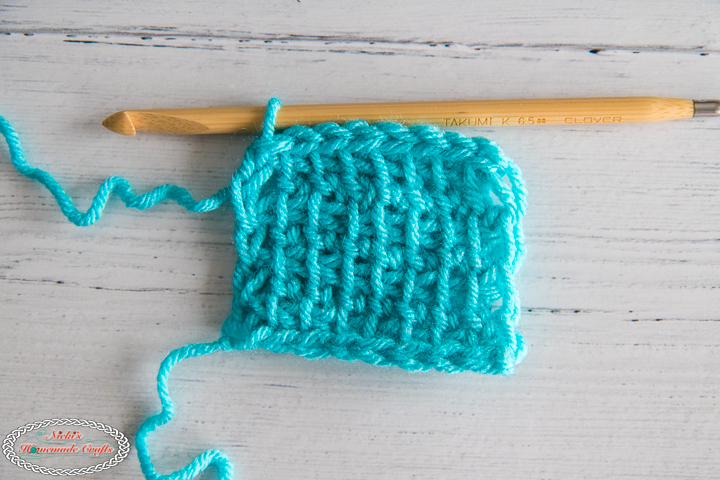
Artistic jigsaw puzzles
These jigsaw puzzles offer a unique twist on traditional jigsaws. These puzzles, which feature images created by various artists, are both challenging and relaxing. Some puzzles can have up to 9,000 pieces.
Fine art jigsaw puzzles offer a unique way to display artwork at home. You can pick from famous masterpieces of Vincent Van Gogh and Claude Monet to enjoy the challenge and excitement of putting together a puzzle.
Vintage newspaper covers
You can celebrate special occasions with jigsaw puzzles made of vintage newspaper covers. The puzzles are reproduced from the front pages of the newspaper, and they come with an original centerpiece: an open newspaper. The pieces are 1.5mm thick and come in a stylish presentation case. To make them even more special, these puzzles can be personalised on receipt.

You can find a wide variety of retro puzzles. Some of these are from the early 20th century. A list of classified advertisements will appear in editions prior to 1939. It is possible that the puzzle pieces may be different in size and shape. You will need to cut them to fit. It may take 14 days for the pre-1939 editions to arrive.
Coca-Cola
If you love Coca-Cola, you'll love these retro puzzles. These puzzles feature the famous soft drink's iconic front panel in a retro setting. They are challenging yet fun and are perfect for a group of puzzle lovers or a family day out. These are also great gifts for puzzle lovers.
These puzzles feature iconic Americana images, including the iconic Coke logo, iconic typography and red and white advertising logos. Coca-Cola's retro puzzles have become a favorite decoration and special collector's piece.
Cars
Retro puzzles that feature cars will be a hit with car lovers. There are many options to choose from. These puzzles will be enjoyed by adults as well as children. They also make great gifts. If you're looking to gift a puzzle to someone special then consider getting one with a theme that is inspired by their favorite car.

Retro jigsaws feature vintage cars, trucks motorcycles and aircrafts. You can choose from 6 different difficulty levels, and many have customizable backgrounds. You can even hide the vehicle images if you'd rather not look at them.
Double-sided puzzles
Double-sided puzzles combine all the charm of a traditional puzzle with the nostalgia and fun of the past. They feature an image, infographic, or other design on one side and a different design on the other. The pieces can be printed on either glossy or matte paper, and packaged in sturdy boxes. The puzzles have an insert that shows the full image on one side.
FAQ
What are some good hobbies ideas?
The best hobbies are those that you enjoy doing for yourself. You will find it easier to stay motivated if you love what your doing. You'll also have an excuse when you're not feeling well or tired!
There are many hobbies that we all enjoy: gardening, painting and crafts; photography; cooking; sports and games; reading music and film-making; collecting; cycling, walking, dancing and writing; playing instruments and other musical instruments.
Consider volunteering at your local animal shelter, charity shop, hospice, children's hospital or hospice, elderly care home, school center, church, or community center.
Perhaps you want something more adventurous. Consider scuba diving and skydiving.
There are many ways to enjoy nature, even if you don't want to travel far. You can go cliff diving, cave tubing or snowshoe hiking, snowshoeing or snowkiting.
What are some good hobbies?
Hobby Ideas for People who Love to Learn and Teach Others.
Hobbies can allow you to be creative and have fun while learning.
There are many kinds of hobbies. However, all have the same characteristics. These hobbies are often enjoyable and require minimal effort.
They also tend to involve working with others, whether teaching someone how to play an instrument or helping them build a model airplane.
Although you might not consider yourself a teacher, there are likely things you can do to help others learn.
Consider starting a hobby to use your creativity to help others.
Why do we need hobbies?
Hobbies are a vital part of our lives as they allow us to unwind, relax, think creatively and exercise. They also give us the opportunity to socialize, network, and have fun. Hobbies offer opportunities to develop new skills as well as life-long interests.
Hobbies are a way to find meaning and purpose.
They are great for spending your free time when there's not much else.
And they're fun!
If you don't find time for hobbies, it's likely that you don't have enough time for any other activities.
Look at all the options. Perhaps you should get a hobby started today if you don’t already have one.
How do I get started?
The first step toward starting any new hobby is to decide what kind of activity you'd like to pursue.
After you've decided on your subject, it is important to feel passionate about it.
It is essential to understand the reasons you want to start a hobby. This will help give you direction and provide a purpose.
Once you decide what kind of hobby you want, you can start planning.
You should think about the equipment you'll need.
You should consider whether or not you will need to take classes or attend seminars.
You must ensure you have enough room for your hobby.
Consider joining a club, or group. These groups are often supportive and offer advice.
Consider how much money you would have to spend on your hobby.
What are observation hobbies?
Observation hobbies allow you to observe others doing the same thing. This could be watching sports, reading books or going on holiday. You could also observe other people.
You can learn creativity through observation hobbies. You can apply this knowledge later on when you work with others.
It will be easier to learn about something if you are interested in it.
For instance, if football is something you are interested to know about, you can watch the game or read a book. To learn more about photography, it is possible to visit and take photos.
If you enjoy playing music, you could play along to songs online or buy a guitar.
You have the option to make your own meals or take out at a restaurant if you enjoy cooking.
If you love gardening, you might grow vegetables or flowers.
If you are a fan of dancing, you can join a class or go out with your friends to learn.
If you love painting, you can paint pictures.
If you love writing, you might be interested in writing poems and stories.
You could also draw pictures if you enjoy drawing.
If you are passionate about animals, you can look after them or work at the zoo.
If science interests you, you can study biology, chemistry or physics.
You can read books, listen to podcasts, or watch films if history interests you.
You can travel abroad or explore your home area if you love to travel.
Statistics
- 37% Video Games 36% Travel 36% Health and Fitness (quizexpo.com)
- The intensity of the dialogue partners' bond at the end of the forty-five-minute vulnerability interaction was rated as closer than the closest relationship in the lives of 30 percent of similar students. (time.com)
- In comparison, men in the “no humor” condition were refused 84.6% of the time and were only accepted 15.4% of the time. (time.com)
- I am 100% biologically a woman (discover.hubpages.com)
- The Role of the Mind in Sex, Dating, and Love: Men in the “humor” condition received phone numbers from 42.9% of the female participants and were refused 57.1% of the time. (time.com)
External Links
How To
How to Start Gardening
Gardening is one form of agriculture that dates back to the beginning. It takes patience, persistence, determination, and perseverance. The first step to starting a garden is to pick a spot where you will grow food. It could be large land, or just your backyard. Next, you will need to decide which type of plants are best for you. Do you prefer vegetables or flowers? Some people like to grow herbs and others enjoy raising livestock, such as rabbits. Before you decide on what type of crops to plant you need to take into consideration how much space you have. If you live in a climate that experiences cold winters, then you might decide to grow fruits or berries as they do well in colder climates.
After you have decided what you want to plant, it is important that you prepare the soil. Soil is essential in determining whether your plants will thrive or fail. Organic matter is essential for the health and well-being of your plants. Organic matter can include leaves, twigs and grass clippings as well as manure and compost. Once your soil is prepared, it's time to add nutrients. The type of plant you intend to grow will dictate the amount of nutrients you need. An online fertilizer calculator can help you calculate these values. There are many fertilizers available so be sure to know what you are purchasing.
After you have prepared your soil, and added the correct nutrients, you will need to wait until your seed germinates. This process usually takes anywhere from 2 weeks to 3 months, depending on the weather and the temperature in your area. After seeds have sprouted, water them every day. Watering your plants too little or too often can cause problems. Avoid overwatering your plants. Overwatering could lead to root rot as well as fungal diseases. Keep in mind that plants are more thirsty during summer than winter. Also, remember that certain plants need to dry out after watered. For example, tomatoes need to stay slightly moist but not wet. Soggy soil is not a good choice for tomatoes. After the plants have finished flowering they must go dormant. When plants stop producing new growth, they go dormant and start storing energy for next season's harvest. During dormancy, the plant stops sending signals to its roots telling them to produce food. The plant continues to store energy during this time. However, the plant will die if temperatures drop below freezing or there is insufficient sunlight.
You may be limited in what plants you can grow if you live in an urban area. Concrete sidewalks and roads, as well as parking lots, are common in urban areas. This blocks sunlight from reaching the ground. Concrete absorbs light and prevents soil below from getting sufficient sun exposure. Because of this lack of sunlight, many plants cannot survive in cities. However, many plants can still thrive in urban environments. Many trees, shrubs, and perennials can adapt to city living. Many annuals can also be grown indoors in container gardens. You can grow fresh greenery year-round in containers.
You are now ready to plant your garden!